How To Plan Your Day To Be Most Productive
Ever had one of those days where everything seems to go off the rails? Your morning coffee spills on your shirt, emails pile up like a mountain, and by the end, you’re left wondering where all your time went.
Now, contrast that with a day where everything clicks into place. The secret sauce? Knowing how to plan your day to be productive.
It’s not just about ticking off tasks; it’s setting the stage for the kind of epic day where you hit the pillow thinking, “Wow, I nailed it today!” Whether you’re a Bullet Journal enthusiast or someone just looking to bring a bit more order to your chaos, mastering the art of daily planning isn’t just a skill—it’s your ticket to transforming ordinary days into extraordinary ones.
And guess what? It’s totally within your reach.
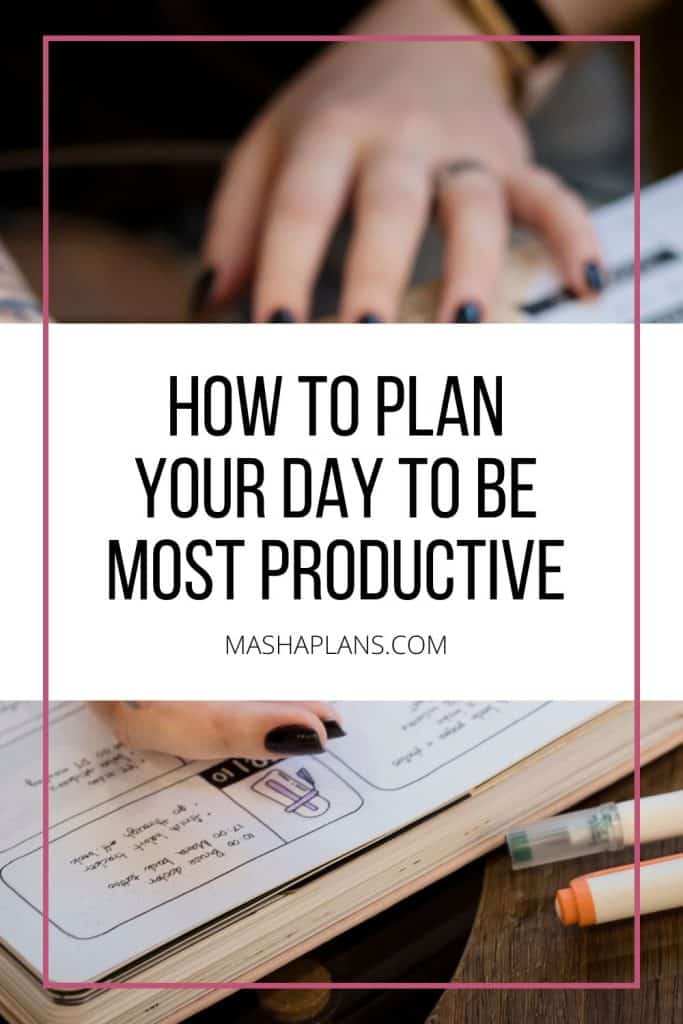
Have you ever dashed out the door, only to realize your phone’s at 3% battery, your keys are playing hide and seek, and your to-do list is a jumbled mess in your head? That’s the universe’s way of saying your day could use a bit more planning.
On the flip side, remember that superhero feeling when everything from your morning jog to your last work email flows smoother than your favorite playlist? That’s not luck; that’s the result of a well-thought-out plan.
While we’re not talking exclusively about Bullet Journaling here, there’s no denying the sheer power of getting your ducks—or should we say tasks—in a row.
Planning isn’t just about avoiding the scramble. It’s about setting yourself up for success, every single day. It’s the secret ingredient to turning those overwhelming waves into a surf you can ride with confidence and style. And hey, if a Bullet Journal or any planning method helps you catch those waves, then you’re already halfway to mastering the art of making every day your best day yet.
How To Plan Your Day To Be Most Productive
Planning a day seems like an easy thing to do at first glance; just write down your tasks and do them one by one.
But if it was that simple, wouldn’t everyone be doing it and being their most organized and productive at all times?
Yup, in practice, planning your day is a bit of an art form that takes some time to master. But the good news is that you don’t have to do it alone – I went there, I tried it all, and I made all the mistakes for you, so you can learn from my mistakes and start planning to get the most out of your day every day.
So, here are all the secrets.
This post may contain affiliate links. They will be of no extra expense for you, but I receive a small credit. Please see my Disclosure for more details. Thank you for supporting Masha Plans!
Start With A Clear Mind
Starting your day with a clear mind is like giving yourself a blank canvas every morning. Imagine rolling out of bed, and instead of immediately reaching for your phone to scroll through an endless feed of notifications, you take a moment for a short meditation or mindfulness exercise.
It’s about pressing pause on the world’s noise and clearing the mental fog that can often settle overnight.
Now, think about the last time you felt like a zombie before your day even started—stumbling around, bumping into furniture, and brewing coffee only to forget it on the kitchen counter. We’ve all been there, right? That’s your brain on overload, trying to process a thousand thoughts before breakfast.
Here’s where the magic of a morning mindfulness routine comes in, coupled with the super simple yet profoundly effective practice of a brain dump.
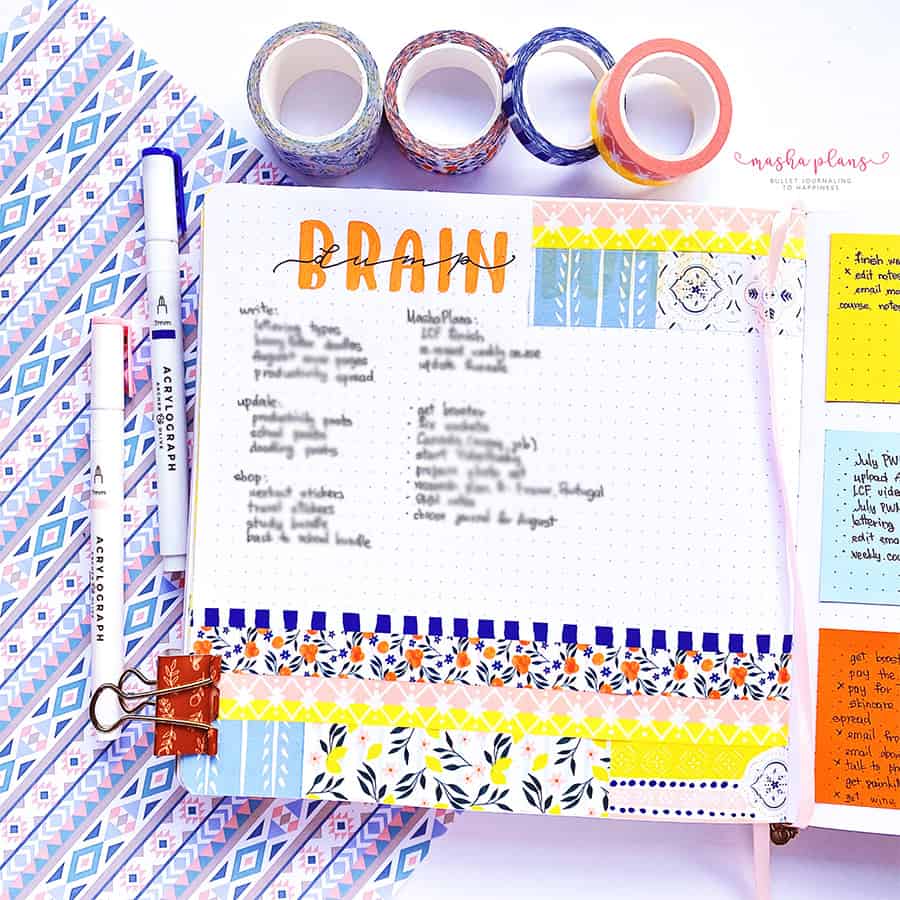
Just grab a notebook and pen, and spill all those swirling thoughts out onto a page. It’s not about organization or making sense of it all; it’s about offloading everything that’s clogging up your mental space. Your thoughts, worries, tasks for the day, ideas.
Think of it as decluttering your brain’s attic—the one you’ve been avoiding for who knows how long.
You’ll be surprised at how this little ritual transforms your mornings. Instead of being a member of the walking dead, you become the director of your day, ready to tackle what comes next with a smile. And that, my friends, is the difference a clear mind makes. It’s like finding your keys, phone, and sanity right where you left them, ready to conquer the day ahead.
And if that might feel like too much, you always have the option to do it weekly or even just monthly. Any time you feel like your mind is going insane a mile a second, be sure to offload it all. You need to have a clear, calm mind when you sit down to plan your day.
Find Your Planning Workflow
Finding your perfect planning workflow is a bit like dating. You might flirt with a digital planner, go steady with a to-do list app, or have a brief, intense affair with a wall full of sticky notes. But eventually, you’re hoping to find “the one” – a planning method that feels like it was made just for you.
There’s an undeniable truth in the planning world: no single method fits all. Some of us thrive on color-coded systems that would make a rainbow jealous, while others find solace in minimalist lists that are as straightforward as a plate of spaghetti without the sauce. The beauty lies in the journey to discover what works for you.
I remember once trying to adopt a planning method I saw online, which involved more symbols than ancient hieroglyphs. By the end of the week, my journal looked like it had been through an archaeological dig, and deciphering it required a Rosetta Stone of its own. Lesson learned? What works for one person might be another’s cryptic puzzle.
The key is to keep experimenting. Mix and match methods until you find that sweet spot. When you stumble upon a workflow that resonates with you, it’s like finding a long-lost friend. Suddenly, planning doesn’t feel like a chore; it becomes a delightful part of your day, something you look forward to. It’s that “aha!” moment when everything clicks, and you can finally say, “Where have you been all my life?”
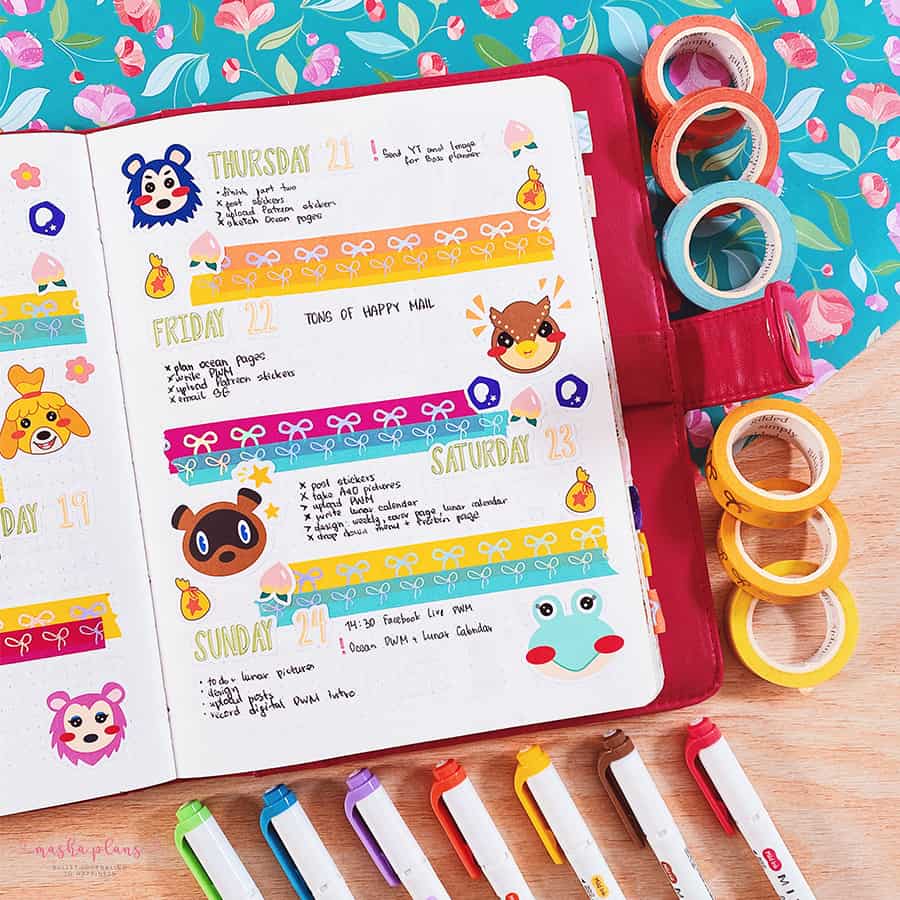
Remember, the goal isn’t just to plan your life but to enjoy the process of planning it. Because at the end of the day, a planning method that brings you joy is the one that will stick with you through thick and thin.
And yes, this is a long step and not something you can do in just one day before you sit to plan your day, but it’s important, so I want to keep this one in mind.
Craft A Realistic To-Do List
Creating the ultimate to-do list is like finding the secret sauce to a productivity feast. There’s a certain kind of magic that happens when you take the jumbled mess of tasks from your brain and lay them out neatly on paper or screen.
Suddenly, what seemed overwhelming becomes manageable, and the path ahead clears. It’s the adult version of going from a pile of Lego blocks to a fully assembled masterpiece, one piece at a time.
But here’s where things get real: being overly ambitious with your to-do list is like trying to fit a week’s worth of groceries into a single bag. Sure, it might all look doable when it’s just floating around in your head, but once you start trying to squeeze everything into your day, you realize maybe—just maybe—you were a tad optimistic thinking you could learn Mandarin, run a marathon, and cook a five-course meal all before lunchtime.
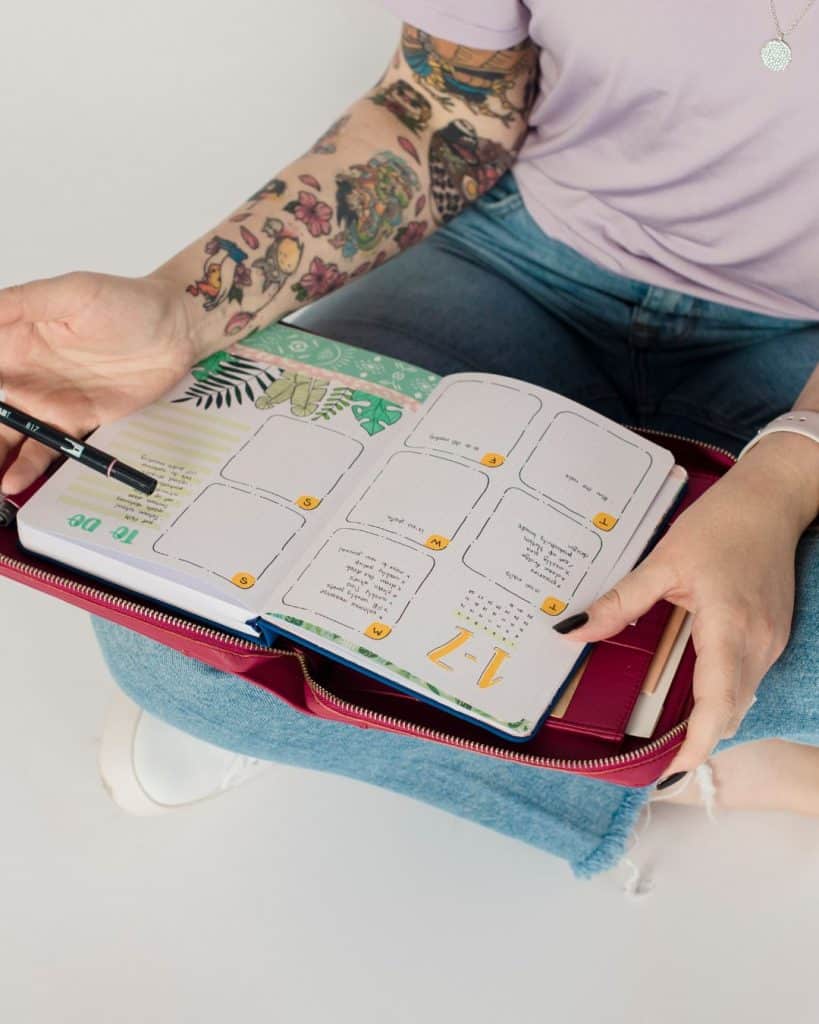
Being realistic with our time means acknowledging that we’re human, not superheroes. It’s about giving ourselves permission to focus on what truly matters and what we can actually achieve.
Ever noticed how those unchecked tasks tend to haunt you? They’re like the Ghosts of Productivity Past, whispering reminders of all the things you optimistically thought you could do. By setting a list of daily tasks that’s more in tune with the reality of your schedule, you’re not only setting yourself up for success but also for a sense of accomplishment and satisfaction at the end of the day.
Be sure you write your tasks as actionable steps, so instead of “finish X project,” write down the exact steps you need to do to achieve that. This will make it easier for you to navigate your list and check off the tasks.
Manage Your Daily Tasks
When it comes to managing your tasks, think of them as falling into two camps: the trailblazers and the campers. The trailblazers are those tasks that lead you through the wilderness toward your goals. These are the moves that chart the course of your day, guiding you closer to where you want to be.
Then, there are the campers—necessary, but they’re the ones setting up the tents and starting the fire; they’re your admin tasks that need to get done but don’t necessarily move you forward.
Now, imagine you’re in a dense, sprawling forest of tasks. Your goal clearing is on the other side, bathed in sunlight, whispering promises of achievement and progress. You want to get there, right?
Of course you do! That’s why it’s crucial to hack away at the underbrush with your trailblazing tasks first. These are the machete-wielding actions that clear a path through the thicket, making it easier to drag those campers along behind you.
Plus, if you start your day by completing something so important, something that brings you closer to your dream, you’ll definitely feel more motivated and excited to keep on going and being productive.
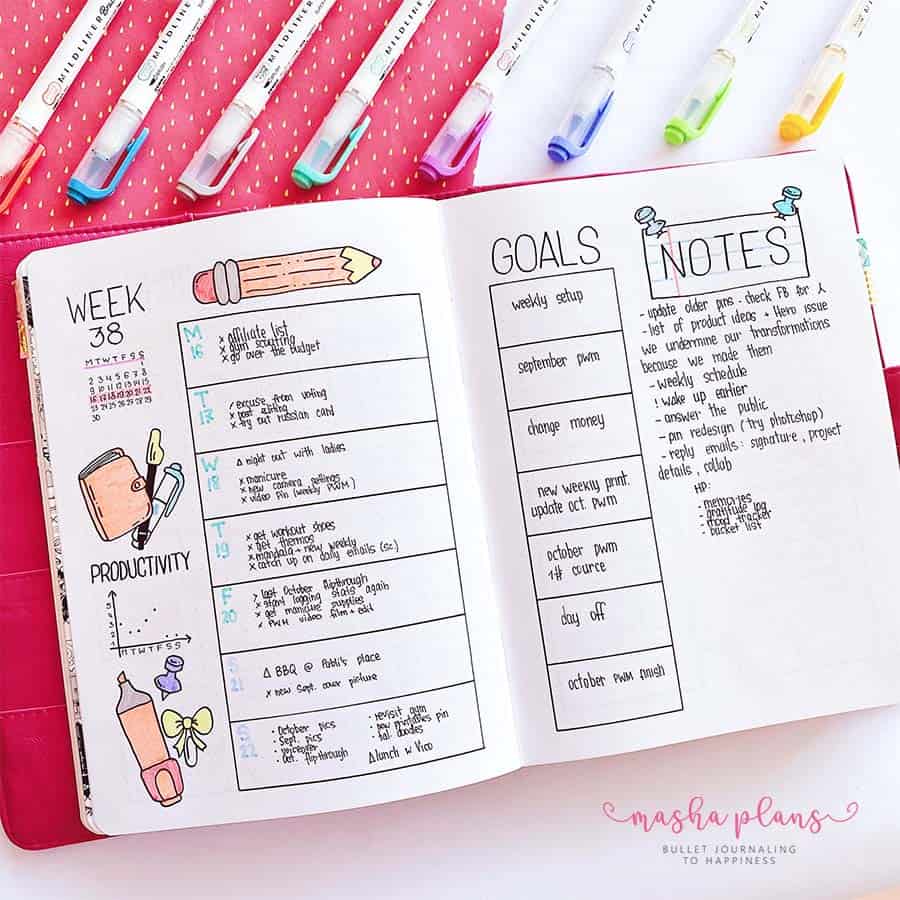
Remember, while it’s tempting to tick off those quick-win admin tasks (ah, the satisfaction!), tackling your goal-oriented tasks first isn’t just about making progress—it’s about making meaningful progress. Don’t spend so much time gathering wood and boiling water that you forget why you came to the forest in the first place. Keep your eyes on that goal clearing, and soon, you’ll find yourself basking in the light of achievement, ready to set up camp and celebrate.
Try Pomodoro Technique
I know we all talk about multitasking, and it does feel like you’re busy and doing things. But in fact, you get significantly better results and complete your tasks faster if you do concentrated work.
There are no distractions. Just sit there and work on your to-do list, one thing at a time. But our brains are often not used to this, and sitting still and working on just one thing might be a more difficult task than it seems. This is where the Pomodoro technique can help.
Here’s the lowdown: The technique breaks your workday into short, intense bursts of focus (usually 25 minutes), each followed by a brief, refreshing break. It’s like high-intensity interval training, but for your brain. You push hard, then you rest.
Simple, right? But oh, does it do wonders for your productivity!
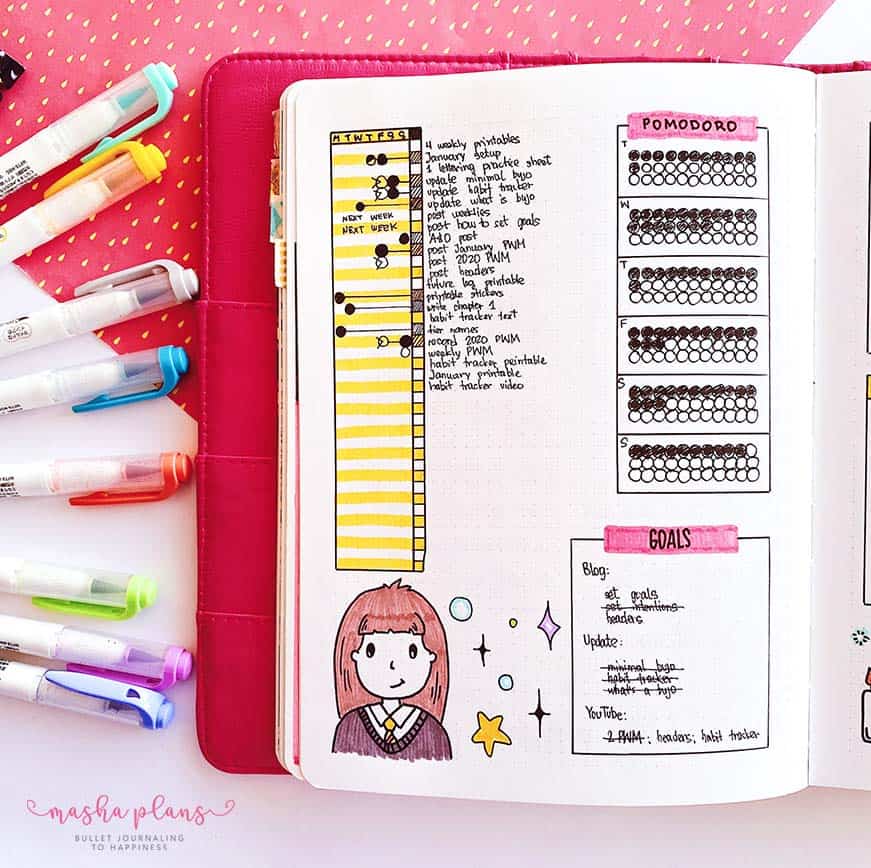
Think of it as turning your workday into a series of mini-adventures. Each Pomodoro session is a quest, where you battle against distractions and procrastination, armed with nothing but your timer and to-do list.
And those short breaks? They’re your time to regroup, refresh, and get ready for the next round. Before you know it, you’ve slain the dragon of unproductivity and saved the kingdom of Getting Things Done.
It’s almost magical how a timer and a method can transform the mundane into something that feels like a game. Who knew that racing against the clock could be so exhilarating, or that a five-minute break could feel like a treasure trove of relaxation? The Pomodoro Technique isn’t just about working smarter; it’s about discovering a rhythm that brings out the best in you, all while keeping burnout at bay.
And the best part? It’s incredibly easy to start. All you need is a timer and a task. Whether you’re sketching out your next Bullet Journal spread or tackling a mountain of emails, the Pomodoro Technique is your secret weapon. Give it a try, and watch as those daunting tasks turn into victories, one Pomodoro at a time.
Give A Try To Time Blocking
This is one more productivity technique which I definitely recommend you try, cause it might end up being your favorite one.
Imagine your day as a giant puzzle, with each piece representing a different task or commitment. Now, if you’re anything like me, without a plan, trying to fit these pieces together can feel like playing a game of Tetris on expert level – everything just keeps piling up until it topples over.
That’s where time blocking comes in to save the day. It’s like having a map for assembling that puzzle, ensuring every piece fits perfectly.
Time blocking is the superhero of productivity techniques. It involves dividing your day into blocks of time, each dedicated to accomplishing a specific task or group of tasks.
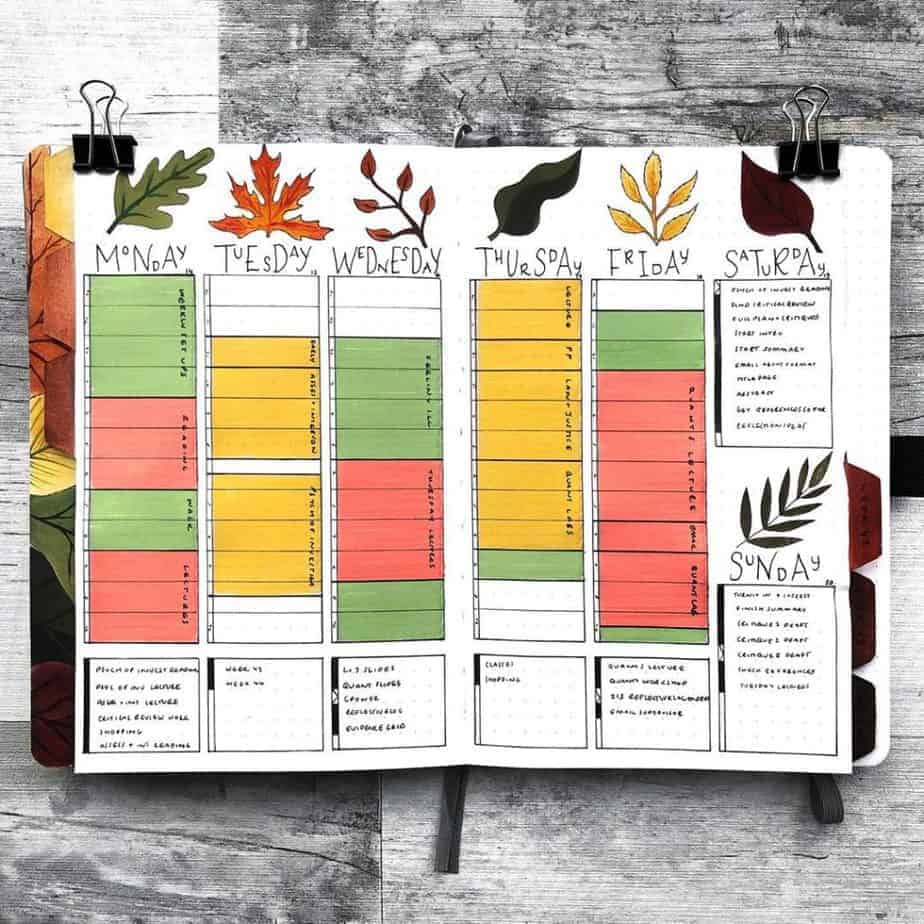
This means instead of flitting from task to task like a bee in a field of flowers, you dedicate chunks of your day to focused work, one thing at a time. It’s a game-changer for focus and efficiency because it helps keep procrastination at bay and minimizes distractions. Think of it as putting blinkers on your day; all you can see is the task in front of you.
Now, picture a day without time blocks. It starts with you sitting down to work, coffee in hand, ready to conquer the world. Suddenly, you remember the laundry needs to be done. Mid-sort, an unread email notification catches your eye. Before you know it, it’s lunchtime. What have you accomplished? If your answer is a mix of ‘kind of started a lot but finished nothing,’ welcome to the club!
Contrast this with a day structured around time blocks. You start with an hour dedicated solely to writing that report. Next, a block for replying to emails, followed by a short break (yes, breaks are sacred blocks too!).
Each part of your day has a purpose, and like magic, things get done. Not only do you finish that report, but you also tackle those emails, do the laundry, and still have time for a well-deserved Netflix binge.
Using time blocks is like having a secret weapon against the chaos of daily life. It turns a potentially overwhelming day into a series of manageable, bite-sized tasks. Plus, it’s incredibly satisfying to tick off each block as you complete it, giving you that sweet sense of achievement.
Take Breaks
I know when we talk about planning our day and staying productive, we rarely think about taking breaks, but they are actually crucial to the success of our day.
Have you ever tried powering through your day without taking a break? It’s like trying to run a marathon after declaring, “I think I’ll skip stretching today.” Spoiler alert: You’re probably going to feel it tomorrow—and not in a good way.
Breaks, my friends, are the unsung heroes of productivity. They’re not just empty spaces in your day; they’re little islands of respite for your brain.
Imagine your mind as a super enthusiastic puppy. Sure, it can fetch that stick (aka work on that project) with boundless energy for a bit. But even the most spirited puppy needs a nap, or at least a change of scenery, to recharge those batteries. Without breaks, your poor brain is like that puppy running on fumes, chasing its tail in circles—adorable but not particularly productive.
Now, when it comes to rejuvenating break activities, think beyond the usual scroll through social media. Why not try a mini dance party in your living room? There’s nothing like shaking it out to your favorite tunes to get the blood flowing and the creativity sparking again.
Or, if dancing is not your jam, how about a quick sketch or doodle? You don’t have to be Da Vinci; just let your pen wander and see where it takes you. These activities aren’t just fun; they’re like secret passages back to your productive self, refreshed and ready to tackle the next task.

Consider breaks as your best friend in the quest for productivity. They’re the trusty sidekick who says, “Hey, you’re doing great, but let’s take a moment to breathe.” Remember, taking breaks isn’t slacking off—it’s smart strategizing for your brain’s wellbeing.
Reflect And Plan The Next Day
Ending your day with a moment of reflection and a dash of preparation for the next day is like tucking yourself into bed with a warm blanket of peace of mind.
Imagine this: you’ve just spent your day navigating through tasks, errands, and maybe a surprise curveball or two (because life loves to keep us on our toes). Instead of crashing into bed, you take ten minutes to jot down what you’ve accomplished in your planner.
Take a minute to see how productive you were, what you wish you’d done differently, and what you can do better the next day. Look at those unchecked items – why didn’t you do it? Do they need to be divided into smaller tasks or maybe delegated?
No judgment allowed, it’s just about making sure you evaluate your time properly and spend it the best way possible.
You then sketch out a rough plan for tomorrow. This isn’t just any plan; it’s your secret weapon against the chaos of the unknown. Even if in the morning you end up changing up your to-do list, the idea of having the exact plan for the next day will calm you down, and it’s easier to start with some modifications of the day rather than plan everything from scratch.

Now, let me tell you about the time I woke up without a plan. Picture this: I opened my eyes, already feeling like I was behind in a race I didn’t know I had signed up for. My day was a symphony of missed notes, forgotten tasks, and a general feeling of playing catch-up. By the end of it, I felt like I’d run a marathon in flip-flops—exhausted and vaguely confused about how I got there.
Contrast that with a morning where I woke up to a plan laid out in my Bullet Journal. It was like the difference between stumbling through a dark room and walking confidently with a flashlight.
I knew exactly where I needed to go and what I needed to do. The tasks flowed smoothly, the day unfolded with less stress, and by evening, I wasn’t just ready to crash—I was ready to reflect and prep for the next day, knowing how powerful that small ritual could be.
This simple practice of evening reflections and preparations doesn’t just set the stage for a productive tomorrow; it’s a quiet celebration of today’s victories, no matter how small. It’s a reminder that, in the grand tapestry of our lives, every stitch counts.
And there you have it — the lowdown on harnessing the mighty power of planning to transform not just your days but, quite possibly, the very essence of your productive self.
Remember, the beauty of planning isn’t just in its ability to keep us organized; it’s in the joy of discovering how we work best, celebrating each tiny victory, and yes, even learning from the days when things don’t go quite as planned.
It’s about finding that sweet spot where productivity meets peace of mind, allowing us to live our lives with intention and a dash of flair.
I encourage you to take these tips and make them your own. Tweak, experiment, and play until you find that perfect rhythm that makes your heart sing (or at least doesn’t make you want to hit snooze ten times). In the end, the most effective system is the one that works uniquely for you.
More Resources
Do you want to learn even more about trucks and become a complete master of planning? Or maybe you’d like to learn more about Bullet Journaling!
Either way, I’ve got you covered; check out these posts next:
- How To Bullet Journal For Beginners
- How To Plan Better: 11 Easy Tips
- 9 Essential Benefits Of Using A Planner
>>> What are some of your favorite tricks for planning your day better? Share with us in the comments!
Hope this post was interesting. If you find it so, please share! If you enjoy my content and want to show your appreciation, please consider supporting me with a cup of coffee.
And remember: Keep Bullet Journaling, and Don’t Be A Blob!







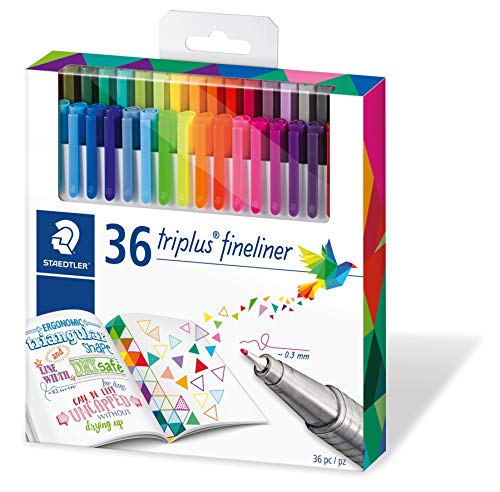






![SAKURA Gelly Roll MoonLight (Made in Japan) [Limited Edition] Gel Ink Pen Set - Bold Sparkling, Glittering & Assorted Colors 12Pens](https://m.media-amazon.com/images/I/51r32df3yBL.jpg)




